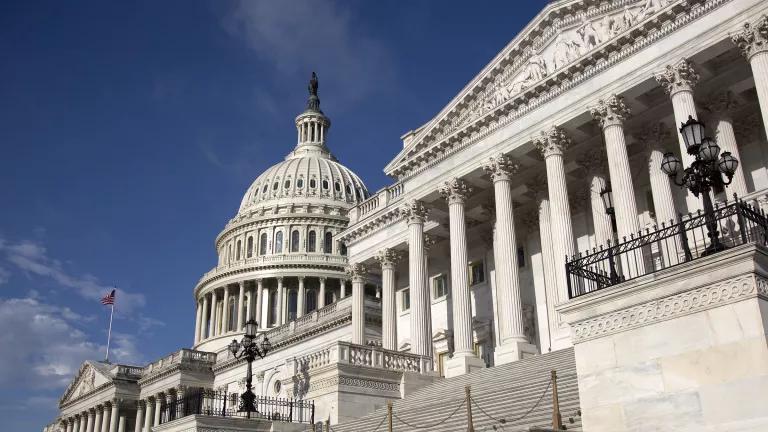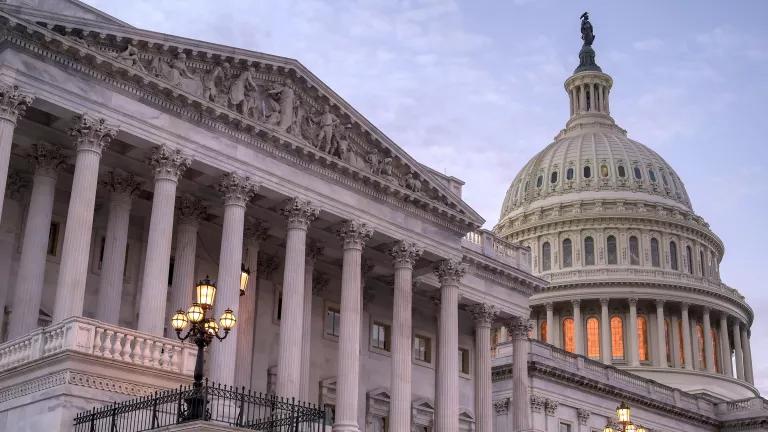More Extreme Summer Heat Threatens Outdoor Play

This blog post was written by my colleague Will Shafer.
I grew up with the mindset that much of each summer day should be spent outside. Whether it be playing sports with friends, helping my family in the yard, or visiting the beach, time outdoors was always a welcome break from long school days. However, there are a host of threats that kids face from the summer heat during outdoor fun. These threats are likely to worsen in coming years as climate change increases summer temperatures by an estimated 7 to 10 degrees Fahrenheit by the end of this century, if current pollution conditions continue.
Rising temperatures will put adolescent athletes—already vulnerable to heat-related illnesses—at even greater risk. A 2013 study found more than 9,000 U.S. high school athletes are treated for exertional heat illnesses every year. August is particularly dangerous time for athletes as temperatures peak and many fall sports teams gear up for their seasons with two-a-day practice sessions. The combination of long practice sessions, large athletes, and equipment that prevents heat loss makes football players the most susceptible to heat-related injuries. In total, 74 percent of the 9,000+ heat illnesses occurred during boys football. In addition, 58 football deaths were attributed to hyperthermia, the condition of extremely elevated body temperature, between 1980 and 2009.
Extreme heat also poses a threat to children during everyday outdoor play. For example, a study of playground equipment in Arizona found that from 2001-2008, surfaces in direct sunlight caused 14 cases of severe burns to children. Another study of bounce houses found the heat index inside averaged nearly 7 degrees Fahrenheit warmer than outside temperatures. The conditions inside the bounce houses frequently reached the National Weather Service's “danger level”, making heat-related illnesses such as heat exhaustion and heatstroke possible.
Short-term means of reducing heat injuries include concentrating workouts during cooler morning practices, instituting acclimatization periods for preseason athletes, and using natural or artificial shade over play equipment. But to keep our children safe in the future, we must take action to reduce harmful pollution that’s contributing to climate change.
Heat-related injuries are likely to increase with rising global temperatures, but increased awareness for hyperthermia and simple preventive strategies have the capability of limiting the threat to our children’s health. This is a threat we can act upon, and it’s time for our government to do the same.
Unfortunately, President Trump continues to go in the wrong direction on climate. Policy moves like withdrawing from the Paris Agreement will make heat deaths an even larger problem in the future. A recent NRDC report estimates continued U.S. participation in the Paris Agreement could prevent more than 12,000 heat-related deaths every summer from 2091 to 2100 in large U.S. cities. In addition, Trump has displayed a constant bias towards industry with his attempts to eliminate pollution standards and appointments of industry men to run critical agencies such as the Environmental Protection Agency.
Some of my fondest memories come from the carefree summers I spent playing outside. I only hope the next generation can safely do the same.




